Decoding the OTT consumption trends during the lockdown period and beyond
The Indian video streaming in India has exploded in last one year and more recently due to the pandemic situation and continuing of the lockdown. Thanks to Jio, 65% of video consumption is coming from the rural Indian that has only 40% internet connectivity. The viewing habits have changed and digital OTT players are bombarding the users with original video-on-demand and intriguing content. With the growing popularity of smartphones in Tier 3 and 4 towns alongside the hinterlands, coupled with lowering data costs, the truth is that many users will jump into this bandwagon and consume more OTT.
While it’s a huge challenge for the OTT players to introduce fresh content, but with constant innovation and thinking all of them will be dishing out new content to keep their customers happy. The lockdown for the last few months has seen some interesting developments in this sector and industry experts are saying that there is huge shift in behaviour when it comes to content consumption during this period.
To provide some interesting insights and views there was a panel discussion organised by Adgully as part of DIGIXX 2020 Summit & Awards on ‘Pandemic Wave: Surfing the Changing Individuality of Consumer Attitudes & Behaviours’.
Commencing the panel discussion, Lalit Bhagia, CEO, DAN Consult, who moderated the session, asked the panelists to share their views and thoughts on what is the consumer behaviour change that they are seeing in terms of content consumption.
Responding to the question, Siddhartha Roy, COO, Hungama Digital Media, started by saying that in the last two and a half months, there has been roughly 67% growth in consumption. “Largely, we have witnessed two types of consumption in terms of the demographics. Here I would like to treat the Tier 1 user a lot different vis-a-vis Tier 2 and 3 market use. Because we are a mobile first consumption OTT product, we would see more sessions of smaller duration before. Now, what we are seeing is that the sessions have become a lot broader.”
Commenting further on the subject, Roy said that earlier what used to happen was that after the first 3 episodes, a very drastic drop was seen. Then, there would a set of people who'd go out and consume the entire series. The kind of work that OTT platforms needed to do was to bring these consumers, which used to be sizable but that has now fundamentally changed. “What we have also noticed is that the 2 categories of growth that have come are from the age groups of 30-35 and 35-45, with a growth of 50% and 65%, respectively. Earlier, our strength was the 21-28 age group. While they still continue to be a large audience, but other age groups have started coming up as well. In Tier 2 and 3 markets, we have specifically seen an uptake on drama and comedy, and regional serials are playing a very important part. For instance, we've got a very high consumption in Marathi. In a nutshell, that's my input on what we have seen in the last 60-odd days during the time of lockdown.”
Giving her take on the consumption pattern and the behavioral change, Anita Nayyar, Head of Customer Strategy & Relationship, ZEE5 India, remarked that when it came to the time bands, the morning 8:30-11:30 am time band, afternoon 1:00 to 3:00 pm band and evening 8:00-12-00 pm band are the prime-time sessions. In terms of genres, news is attracting a lot of eyeballs, and so are movies. “We are also seeing a lot of interest in the kids’ content that we have because we have 3 parts of kids, that is, 0-5, 6-9 and 10-16 age-groups and we have content in all these categories as well. What we also did was that we opened up a lot of SVOD programming to AVOD guys. Movies like ‘Veere Di Wedding’ or ‘Uri’, which were only for the subscribers’ base, opened up on the regular AVOD space as well, which got us a lot of traction and there was a lot of new content that we had.”
Adding further to the discussion, Nayyar said, “All in all, the subscriptions have climbed up by about 80% and many of them are also coming from Tier 2 and 3 cities. Food is yet another genre that had good following. The food viewership has gone up about 20-25% as well. Also, we have seen a lot of traction on connected TV and television screens where you are not watching a Tata Sky or cable, connected TV viewership is also going up and we are also constantly planning and thinking with good marketing efforts. So, as a package everything seems to be working well. It is all about your positioning and we made every effort to be a superb and superior app, especially after launching Play 5. So, we have also got the gaming piece as well. With shows like ‘SaReGaMa’, one can also do gaming.”
Sharing her experience on the way the content is consumed on the OTT platform, Vigyeta Agrawal, Head of Brand Marketing, Voot, Voot Select & Voot Kids, said that they have seen a lot of conversions from AVOD to SVOD. “In fact, we launched Voot Select in March to cash in on the potential demand. The way we have seen the adoption of platforms happen, it is beyond what we had set ourselves as our target and what we were expecting. We are witnessing a lot of consumption that is happening on both AVOD and SVOD.”
Agrawal agreed with Nayyar that they are seeing a huge spike in kids’ content. There is a separate app altogether for kids, that is, Voot Kids. “We are actually seeing an increase in consumption on the Voot Kids app. In terms of genre, there is a lot of content that people are picking up. We have an entire new slate of English and we are seeing people lapping up that content also. On AVOD, it is very interesting overall on the platform as people are consuming newer content and they are also going back to consuming some of the nostalgic content. Mythology and news have done really well. There is 100% spike in terms of consumption of news and one interesting thing we noticed is, we are a platform that is cued towards females but in these times, we have actually seen an increase in the male audience. On the kids’ front a lot of viewership is increasing in TSVs. These are interesting times for kids because parents are now realising that it is safer to give them more screen time rather than sending them out to play,” Agrawal added.



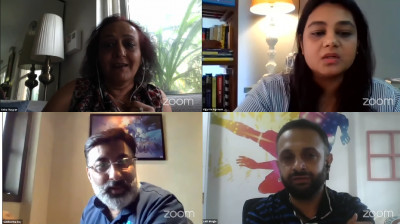


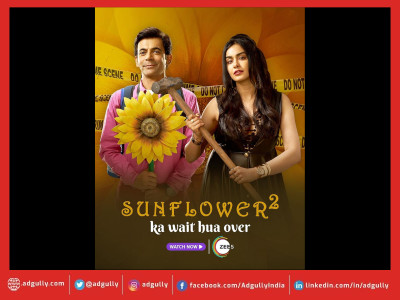

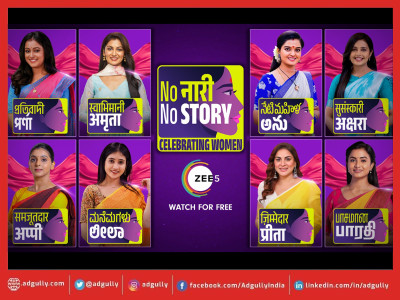

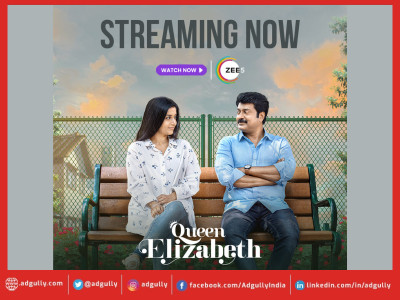
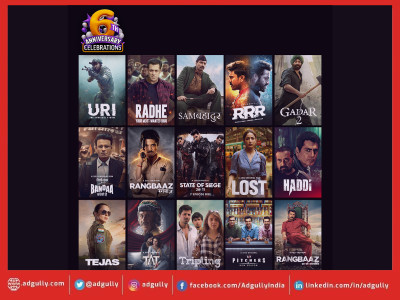
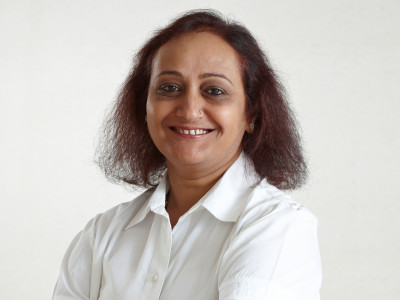

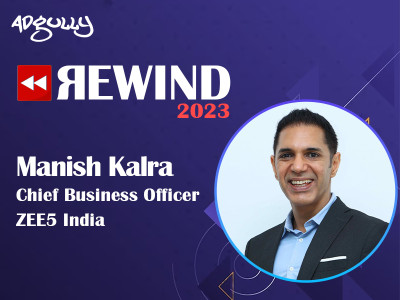
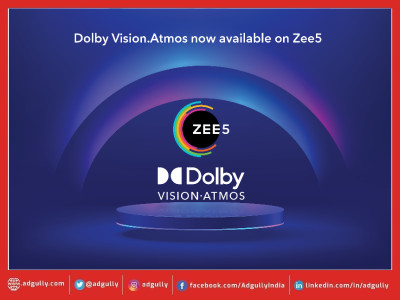


Share
Facebook
YouTube
Tweet
Twitter
LinkedIn